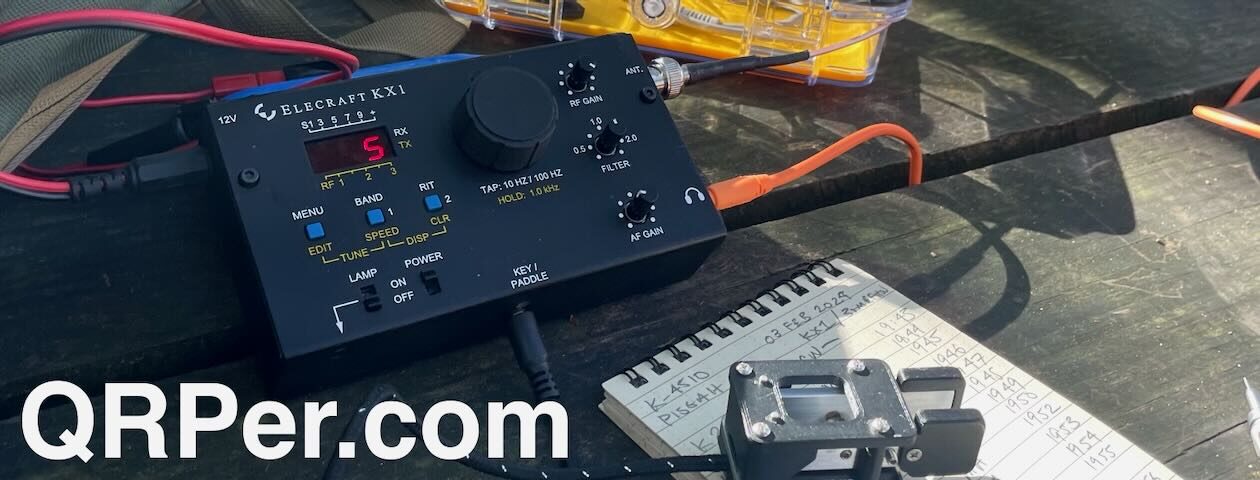 Last year, during a Black Friday sale, I took a calculated risk and purchased a bag I hoped would accommodate my Yaesu FT-817ND that has been outfitted with an Armoloq TPA-817 Pack Frame.
Last year, during a Black Friday sale, I took a calculated risk and purchased a bag I hoped would accommodate my Yaesu FT-817ND that has been outfitted with an Armoloq TPA-817 Pack Frame.
CP Gear Tactical Aircrew/Pubs Bag
 Rod (VA3ON) first introduced me to CP Gear Tactical–a military pack manufacturer based in New Brunswick, Canada.
Rod (VA3ON) first introduced me to CP Gear Tactical–a military pack manufacturer based in New Brunswick, Canada.
I’d had their their Aircrew/Pubs Bag with Padded Tablet Pocket on my wish list since the Ham Radio Workbench podcast episode where we talked about backpacks and pouches. CP Gear Tactical manufactures a wide variety of gear primarily for the Canadian military market. Everything is made either in Canada or the US (or both).
I contacted CP Gear Tactical shortly after outfitting my FT-817 with the TPA-817 pack frame. I measured the frame carefully and asked if the interior padded pocket (which is actually designed to hold a tablet–might fit my radio.
 I never heard back from them. I could have called them, but on Black Friday, when it was on sale for 20% off and free shipping, I decided to throw caution to the wind and simply purchase it. My total price in USD was something like $62 shipped.
I never heard back from them. I could have called them, but on Black Friday, when it was on sale for 20% off and free shipping, I decided to throw caution to the wind and simply purchase it. My total price in USD was something like $62 shipped.
As soon as I opened the CP Gear pack, the first thing I did was check to see if the FT-817 with pack frame would fit in the interior pocket.
Much to my surprise, it fit it perfectly!
Indeed, it’s as if the pocket were specifically designed to accommodate the FT-817ND/TPA-817 combo.
Even the middle Velcro strap fits precisely in the middle of the radio between the pack frame side extensions. The strap holds the rig securely; once, I accidentally fumbled while holding the bag and even though it was upside down, the FT-817 remained securely inside. The strap held it in place.
The bag has loads of room inside. In fact, you can very easily transform it into a fully self-contained field radio kit.
I actually give a small tour of this pack in my activation video below, so if you’d like to see some of the exterior pockets, I would encourage you to check it out!
Zebulon B. Vance Birthplace (K-6856)
 On Tuesday, April 11, 2023, I once again popped by the Vance Birthplace for a leisurely POTA activation–I thought this activation, in particular, would be a good one to test my new Aircrew/Pubs bag! Continue reading POTA Field Report: Testing my CP Gear Tactical Aircrew/Pubs Bag with FT-817ND and Armoloq TPA-817 Pack Frame
On Tuesday, April 11, 2023, I once again popped by the Vance Birthplace for a leisurely POTA activation–I thought this activation, in particular, would be a good one to test my new Aircrew/Pubs bag! Continue reading POTA Field Report: Testing my CP Gear Tactical Aircrew/Pubs Bag with FT-817ND and Armoloq TPA-817 Pack Frame




































